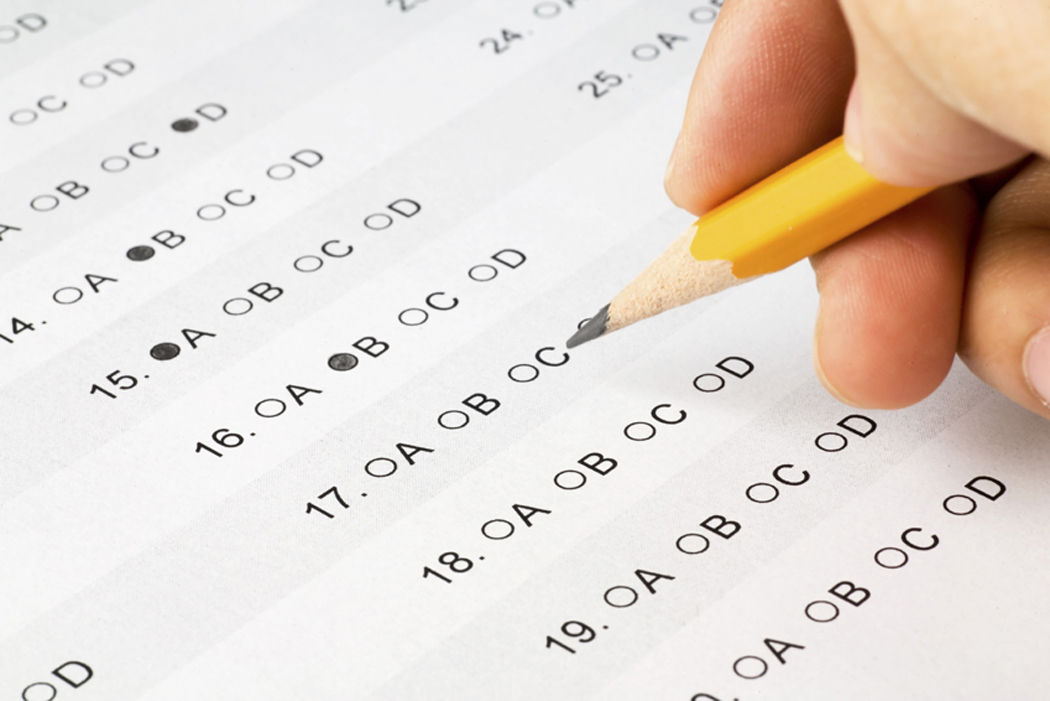North Shore students who took the English language arts and math Common Core exams in April performed well above the state average for students meeting or exceeding proficiency levels, according to state Department of Education data.
Throughout the state, the percentage of students in grades three through eight who met or exceeded proficiency levels on both the ELA and math exams increased.
On the ELA exam, 37.9 percent of students reached proficiency levels, up 6.6 percentage points from last year, and on the math exam, 39.1 percent of students reached proficiency levels, up one percentage point from last year.
In the Great Neck School District, about 73 percent of students reached proficiency levels on the ELA exam, up about 9 percentage points from last year.
The district also saw a gain in students reaching math proficiency levels, with 79 percent of students meeting the standards compared with 2015’s 74 percent.
In the East Williston School District, 75 percent of students who took the ELA test reached proficiency levels, up 11 percentage points from last year.
Eighty-six percent of students from the district met math proficiency standards, an increase of six percentage points from 2015.
The Sewanhaka School District, which educates students from the New Hyde Park-Garden City Park and Floral Park-Bellerose school districts starting in seventh grade, had an 11 percentage point increase in ELA proficiency scores, with about 58 percent of students meeting the standards.
The district also saw an increase in students reaching math proficiency scores, as 61 percent met the standards, an increase of about six percentage points from last year.
In the Herricks School District, 72 percent of students who took the test reached ELA proficiency levels, an increase of six percentage points from last year.
The district also saw an increase in students meeting the math proficiency standards, with 75 percent passing, compared with 72 percent in 2015.
The Manhasset School District had 75 percent of students reaching ELA standards, an increase of 11 percentage points from last year.
Students in the district meeting math proficiency levels increased four percentage points to 79 percent this year.
The Mineola School District saw an increase of nine percentage points in students meeting ELA proficiency standards, with 45 percent of students passing the exam this year.
The district saw no change in students reaching math proficiency levels, with 52 percent of students who took the test meeting the standards this year and last year.
In the Port Washington School District, 53 percent of students who took the ELA exam reached proficiency levels, up four percentage points from last year.
The district had a slight decrease in students reaching math proficiency levels, with 62 percent meeting the standards this year compared with 63 percent last year.
The Roslyn School District saw a six percentage point increase in those meeting the ELA proficiency levels, with 67 percent of students who took the exam passing.
The district, however, remained even in students meeting the math proficiency standards, with 75 percent of those who took the test passing both this year and last year.
Common Core’s biggest flash points for criticism are its standardized tests, which opponents say are unnecessarily tough for students, and the direct link between test scores and teacher evaluations.
The standards, first introduced in 2012, are intended to teach conceptual thinking and problem-solving skills at each grade level to prepare students for more complex coursework.
This year, the state Board of Regents implemented changes to standardized testing aimed at improving student performance.
“Since my first day on the job a little over a year ago, I’ve been listening to parents, teachers, school administrators and the public – seeking their expertise on how we can improve,” state Education Commissioner MaryEllen Elia said. “We’ve taken their advice and made important changes to the exams. It’s an ongoing process, but better standards, better curriculum and better tests will result in better student outcomes.”
Changes to the exams include a reduced number of test questions, elimination of the time limit to complete a test, increased teacher support and the early release of test questions to “support teacher instruction,” according to the Department of Education.
“The regents, commissioner and I have worked hard to make New York’s assessments the best they can be for our students,” Board of Regents Chancellor Betty A. Rosa said. “I’ve always said that tests must be diagnostic, valid and reliable while providing timely and practical information to parents and teachers.”
While test scores have increased statewide from the previous year, officials have said that test scores between this year and last year are not an “apples-to-apples” comparison because of the changes made and increased number of students opting out from the tests.
“We made important changes to the assessments this year and we’re going to continue to look at ways to make them even better moving forward,” Rosa said. “While it’s not possible to make direct comparisons of this year’s results to past years, I’m cautiously optimistic the changes we’re making will drive improvements in teaching and learning.”
North Shore schools saw an increase in opt-outs this year.
But officials have said that the 21 percent statewide opt-out number remained “flat” compared with last year’s 20 percent.
The Great Neck, Manhasset, Roslyn, Herricks, Port Washington, Sewanhaka, Mineola and East Williston school districts saw about 24.4 percent of students eligible to take the test opt out of the ELA exam, while about 27.2 percent of students eligible to take the math test opted out.
North Shore schools above state average in Common Core tests

By Joe Nikic


